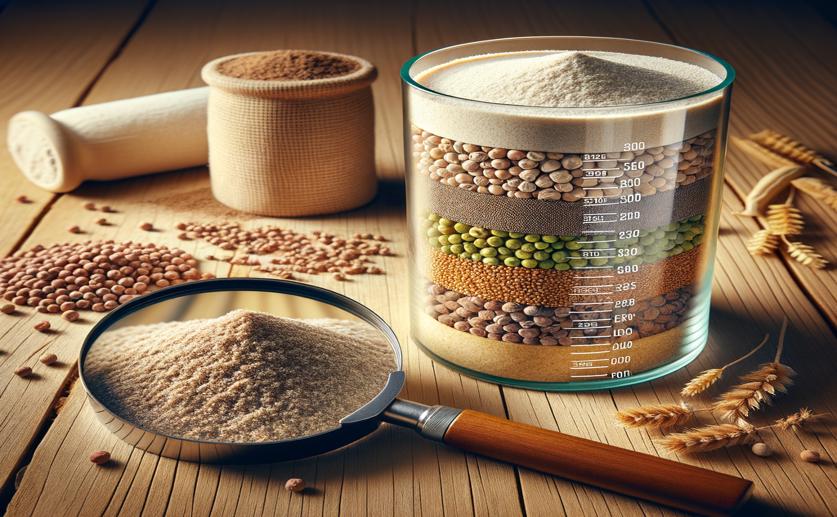
How Mixing Ratios Affect Nutrient Content in New Teff and Pea Flour Blends
Jenn Hoskins
2nd June, 2024

Image Source: Natural Science News, 2024
Key Findings
- The study conducted in Ethiopia found that increasing the ratio of dabi teff in composite flours significantly boosts iron and calcium content
- Higher dabi teff ratios also reduced phytate/mineral molar ratios, improving iron bioavailability
- This approach can help develop nutrient-rich complementary foods to combat iron deficiency anemia in children
References
Main Study
1) Effects of blending ratios variation on micronutrient compositions and phytate/minerals molar ratios of dabi teff-field pea based novel composite complementary flours
Published 1st June, 2024
https://doi.org/10.1186/s43014-023-00203-7
Related Studies
2) Iron bioavailability and dietary reference values.
3) Nutritional quality of legumes, and their role in cardiometabolic risk prevention: a review.
4) Effect of beef and soy proteins on the absorption of non-heme iron and inorganic zinc in children.
Journal: Journal of the American College of Nutrition, Issue: Vol 25, Issue 1, Feb 2006



 19th May, 2024 | Greg Howard
19th May, 2024 | Greg Howard